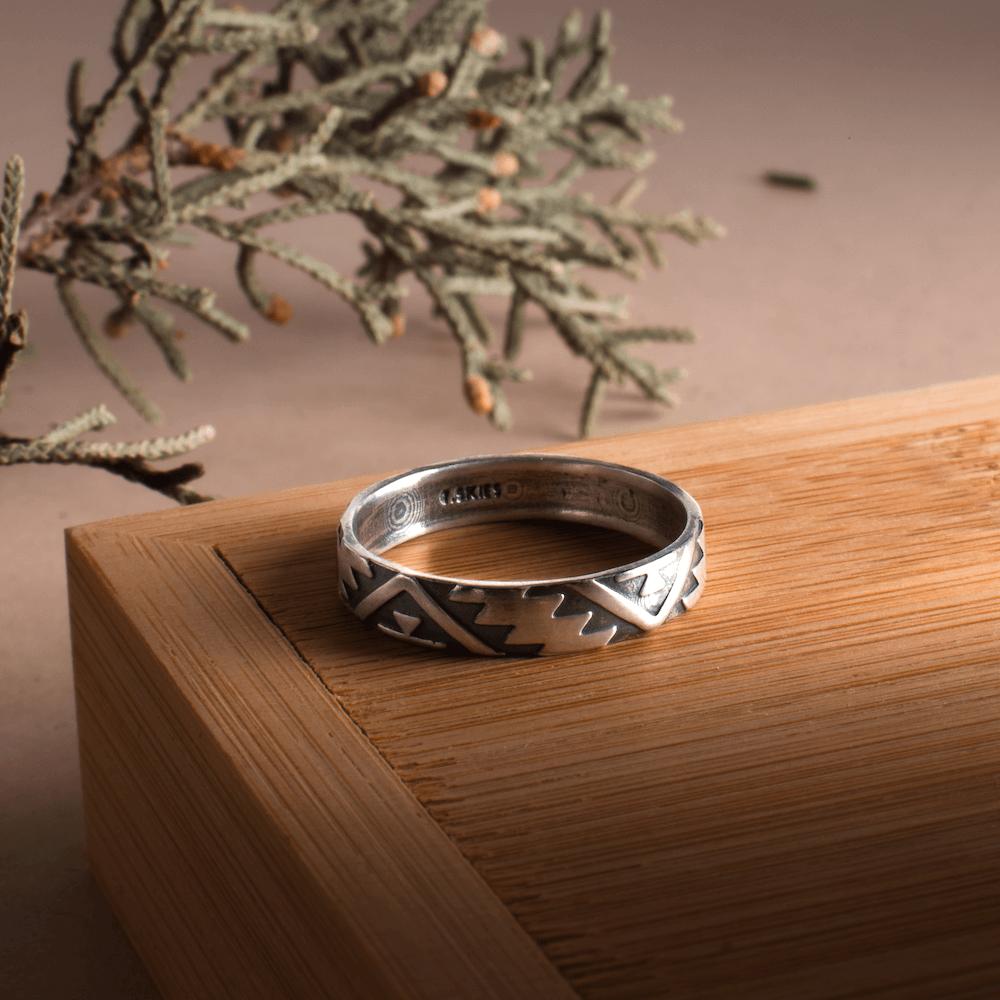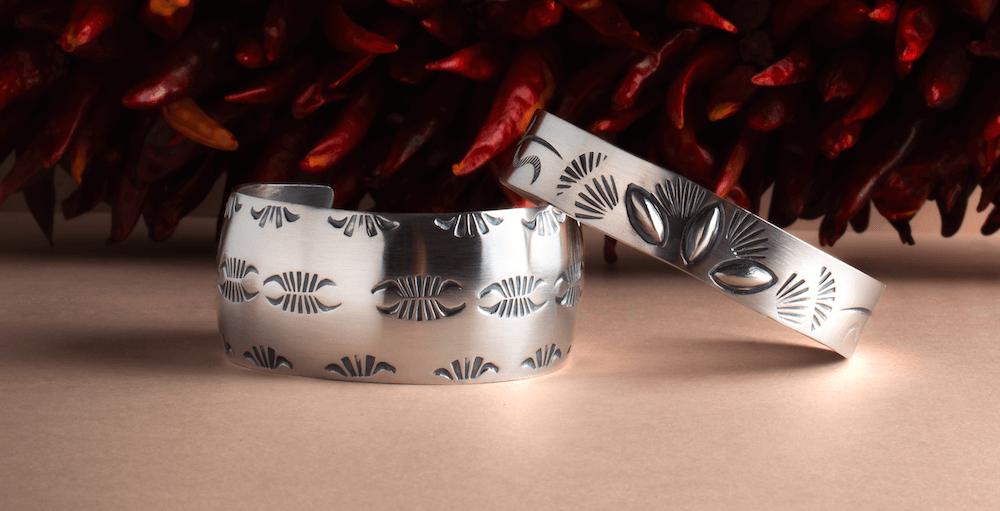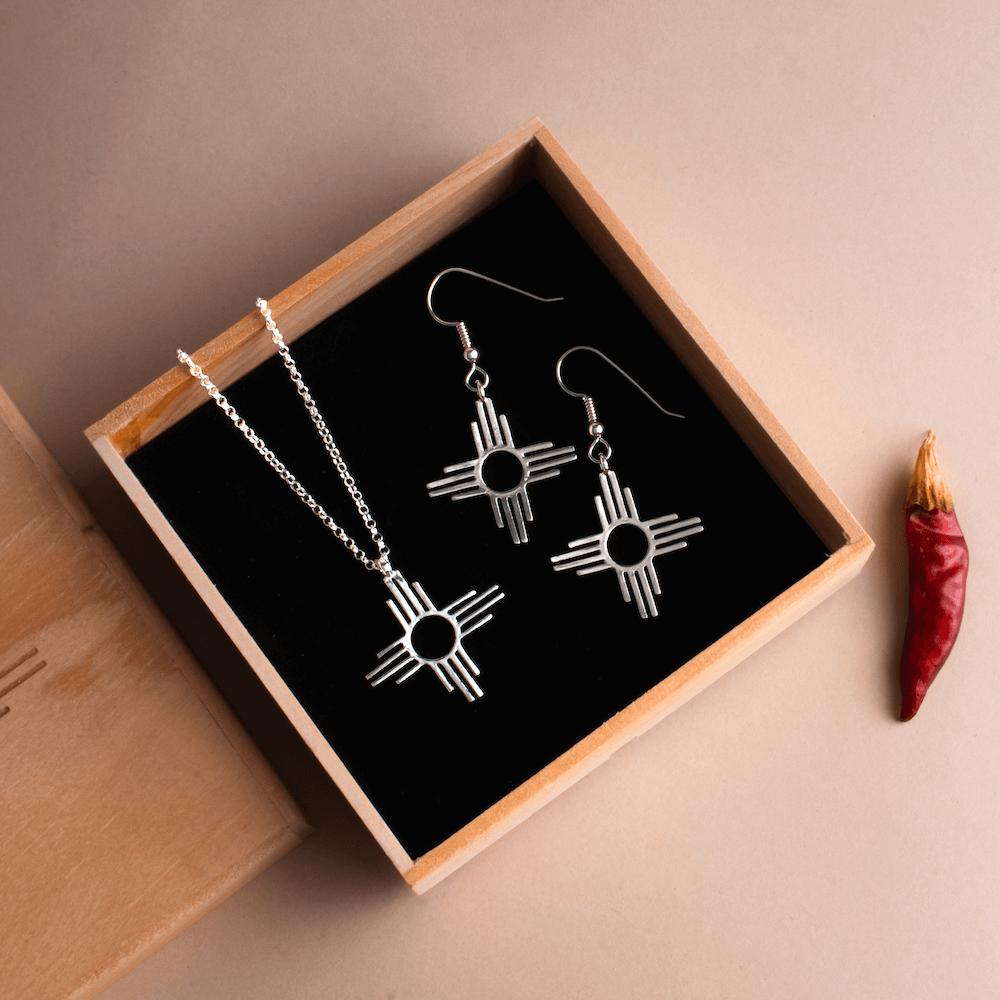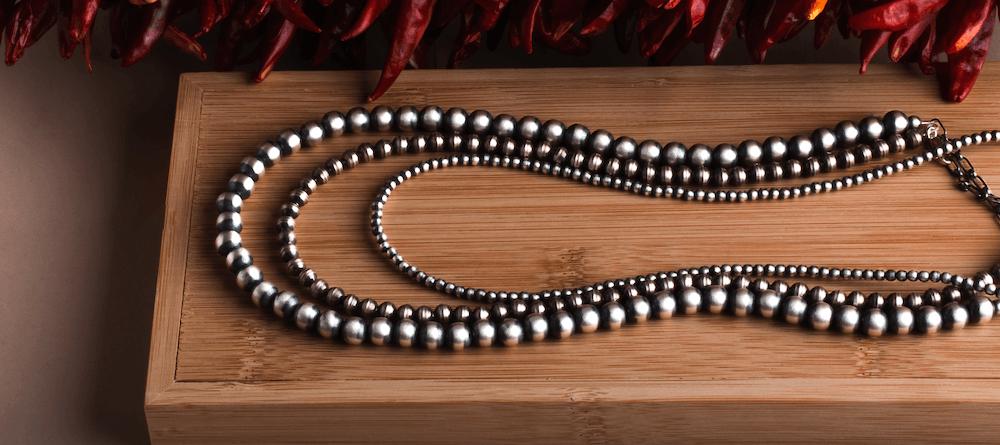Journal
The peoples of the Zuni Pueblo saw health and longevity in the beauty of Turquoise. They called it “łi’anna łi’akwa,” which translates loosely to “stone of sky” (“a’bo’yanne”) or “stone of water” (“k’yawe”).N1 Throughout the southwestern United States and Mesoamerica Native Americans treasure turquoise and associate its color, like that of the sacred sky and water, […]
Continue reading
How is Turquoise Formed? Naturally occurring minerals are separated into two categories: primary and secondary. Turquoise is a secondary mineral. Unlike base elements such as copper or silver, it forms over time. Two natural processes and reactions occur in order to form turquoise. Weathering sets the stage as water passes through rocks and minerals dissolve. Over […]
Continue reading
The history of many gemstones reveals they were often one of the earliest forms of wealth in many prehistoric societies. Turquoise is an excellent example of how such stones can become not only prized possessions, but a window into past cultures. Archaeologists today are looking at the remnants of those early civilizations and piecing together […]
Continue reading
Where are you buying your turquoise jewelry? You would be surprised where counterfeit turquoise is showing up. KRQE’s Larry Barker did a great investigation last November. Please watch this report. See the full story here on the KRQE website.
Continue reading
The Lone Mountain Turquoise mine produces beautiful stones favored by Native American jewelry artists. Darryl Dean Begay, a silversmith from Gallup New Mexico, shares a little about why he likes Lone Mountain Turquoise. Lone Mountain has different turquoise you know you have your regular lone mountain then you have your fossilize lone mountain then drake […]
Continue reading











